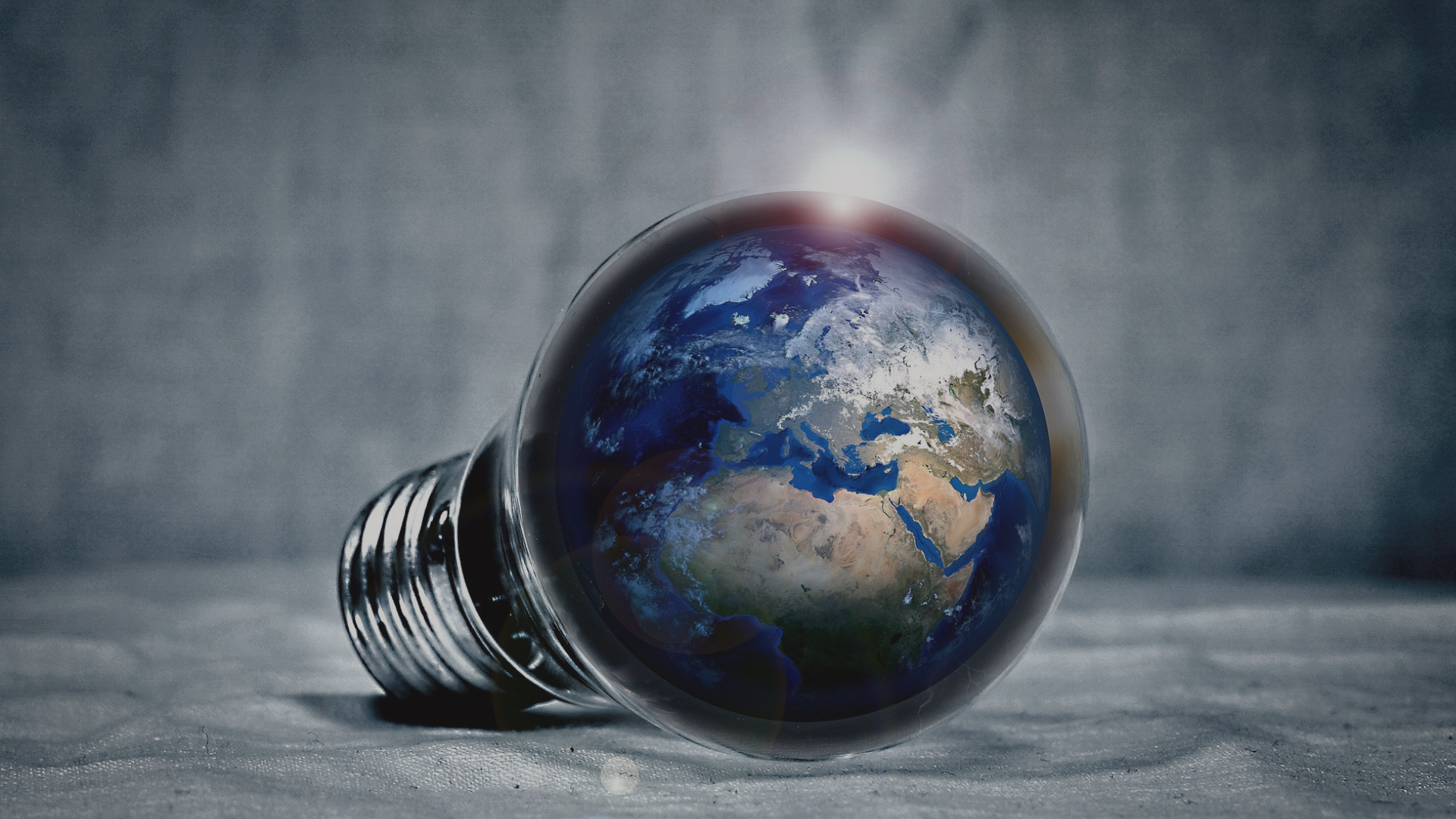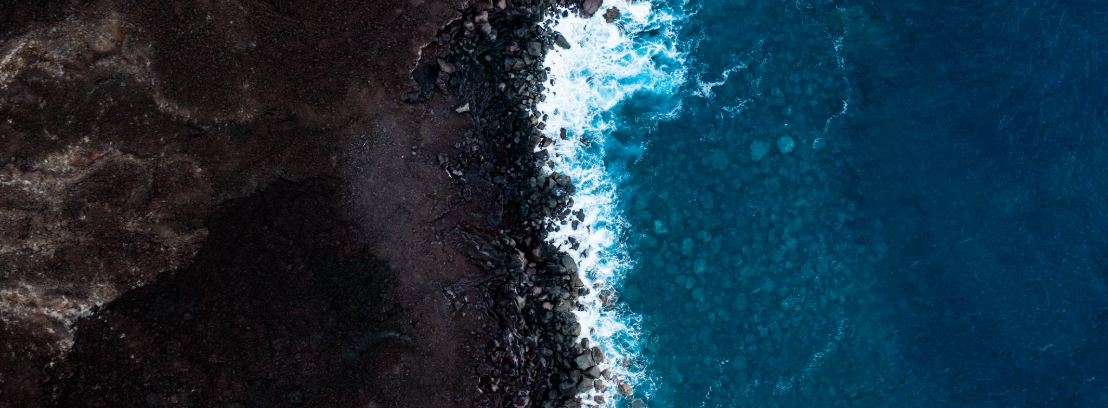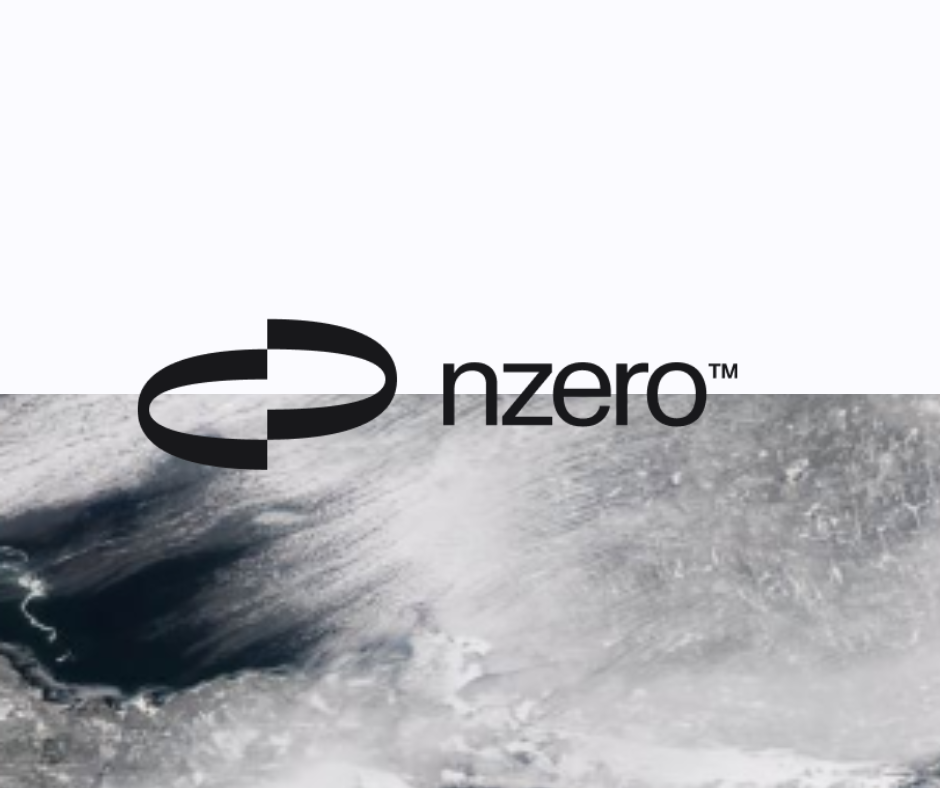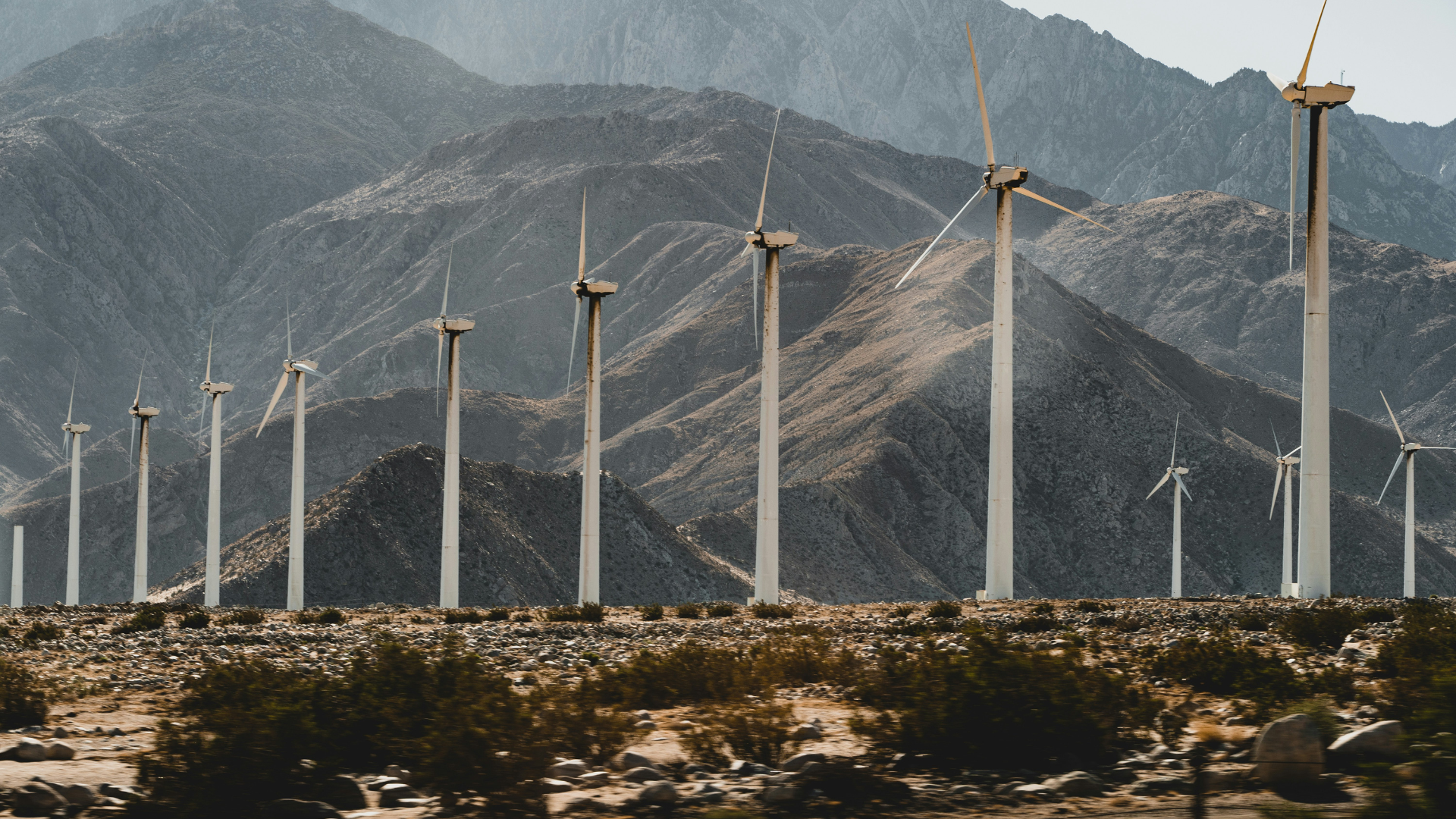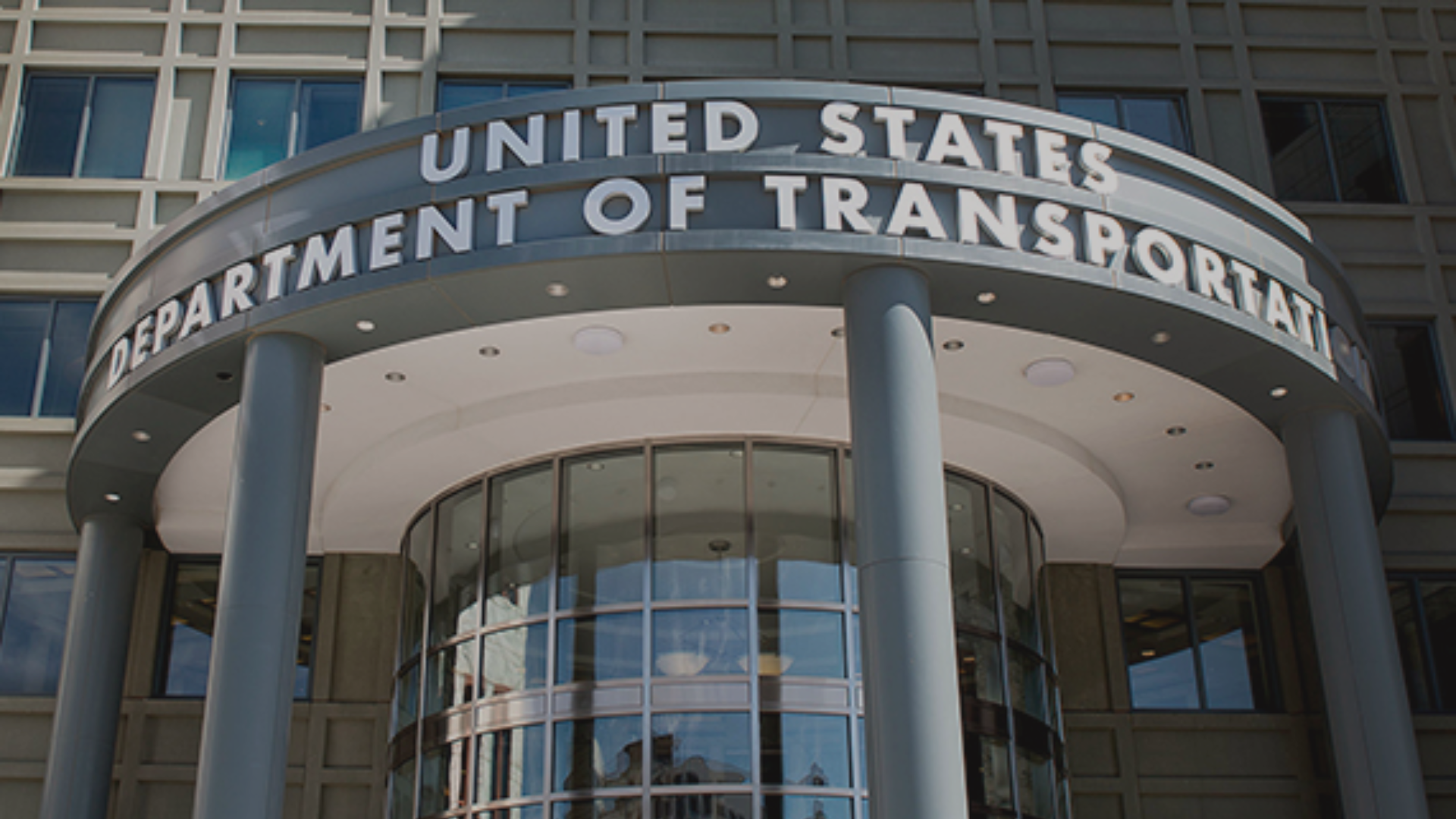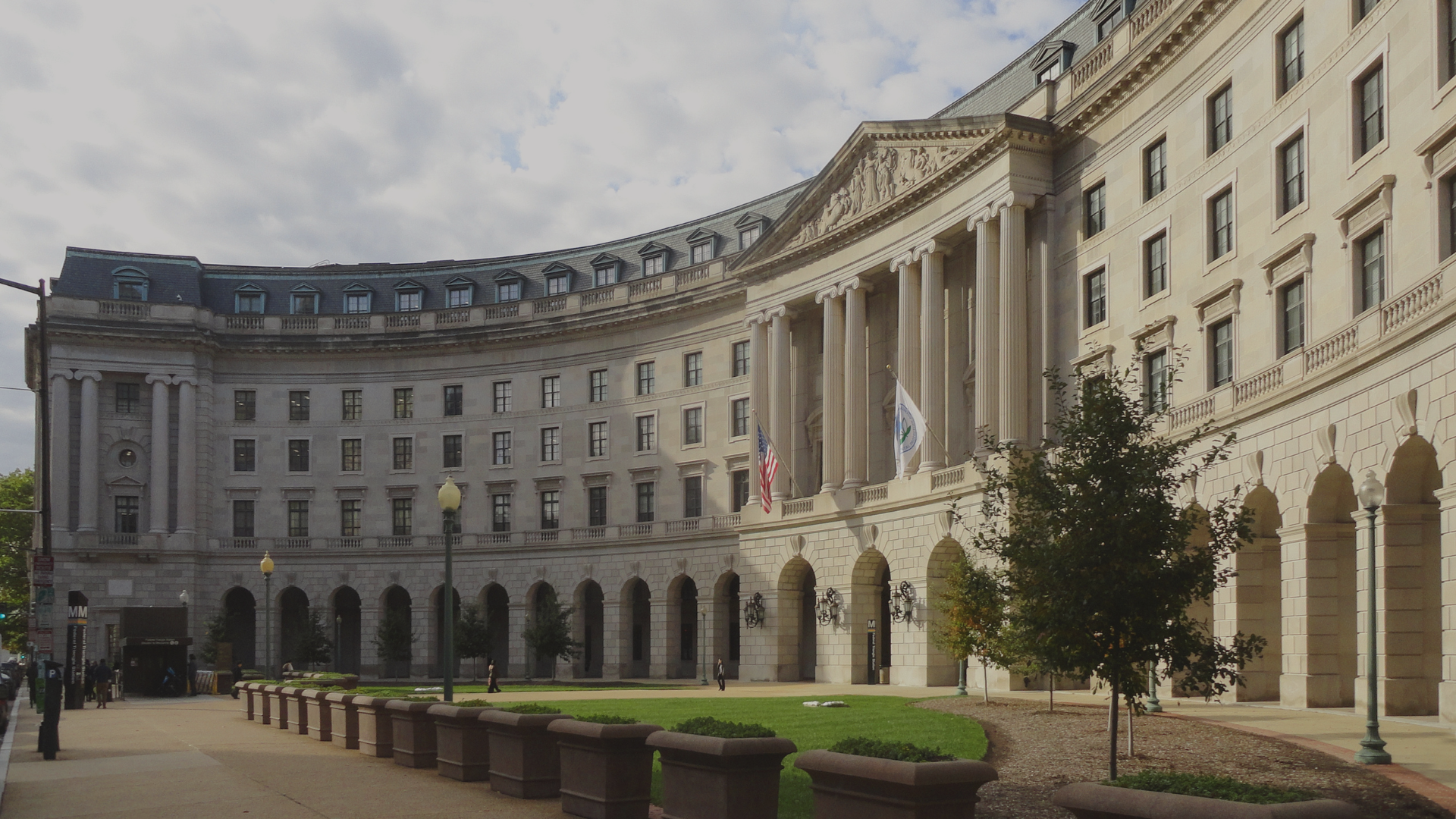Introduction: IEA as a Global Energy Policy Architect
The International Energy Agency (IEA) has long been at the forefront of shaping global energy policy. Founded in the aftermath of the 1973 oil crisis, its original mission was to coordinate member countries’ response to oil supply disruptions. But in the 21st century, IEA’s focus has expanded dramatically—from fossil fuel security to decarbonization, clean energy transitions, and energy equity. Today, IEA policies and recommendations influence hundreds of national and regional plans, making it a central player in the effort to achieve net zero emissions and energy sustainability. This article explores the evolution, scope, and future of IEA’s policy work.
Background: From Oil Security to Energy Transition Leadership
The IEA was established in 1974 under the framework of the OECD as a response to the oil embargo that exposed the vulnerabilities of energy-importing countries. Its initial focus was on energy security—specifically, oil stockpiling and emergency sharing agreements. For decades, IEA primarily catered to the needs of advanced economies.
However, over the past 20 years, as climate change and energy access gained global importance, the IEA evolved. It now includes 31 member countries and 13 association countries, expanding its reach into emerging economies. Its World Energy Outlook and Energy Technology Perspectives reports have become authoritative references for governments, investors, and multilateral agencies.
The transformation from a fossil-fuel watchdog to a clean energy advisor has been deliberate. The IEA now works extensively on issues like:
- Renewable energy policy frameworks
- Grid decarbonization strategies
- Electrification of transport and industry
- Energy efficiency standards
- International collaboration on innovation
This evolution reflects not just changing global priorities but also a shift in how energy systems are governed: with climate, resilience, and equity at the center.

